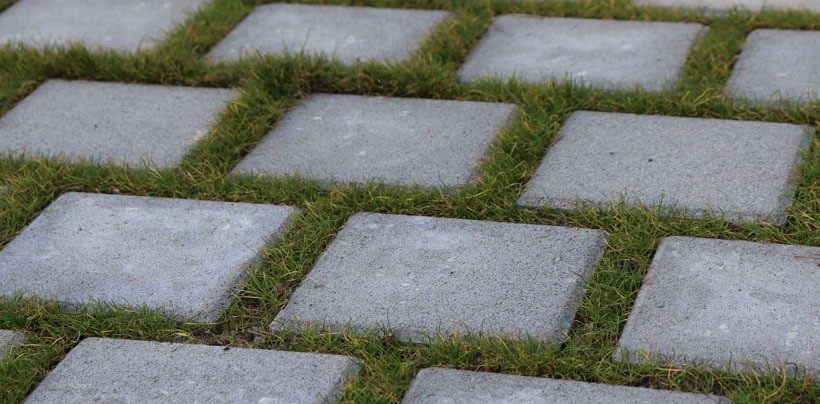Patio or Decking: Which One Is Right For You?
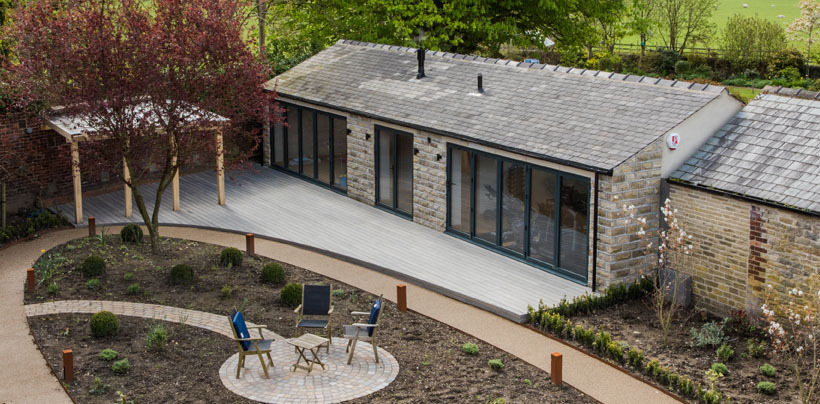
With summer now in full swing, more of us will be looking to spend time out in the garden and enjoying the sun. Many homeowners may well be looking at making their garden a more comfortable place to relax. Decks and patios are both prime examples of structures that have been specifically designed with this in mind. And what better time than ever to breathe new life into your garden?
But which option is better suited to you? Both structures provide similar benefits to homeowners. With the market for both constantly changing with new designs, materials and trends, it can be easy to lose track of the pros and cons of each.
This guide will take a look at some of the key factors people consider when looking at both decking and patios – lifespan, cost, and are all vital factors that should be looked into when making a decision.
Decking
Decking is incredibly popular in homes right across Britain, and is seen by many as the perfect area to enjoy the atmosphere of your garden in comfort and convenience. Decking comes in a wide variety of design options, shapes, and sizes; and can be made from a broad range of materials including natural timber, composite and more.
Decking can last for many years if properly maintained and can add plenty of character to any garden.
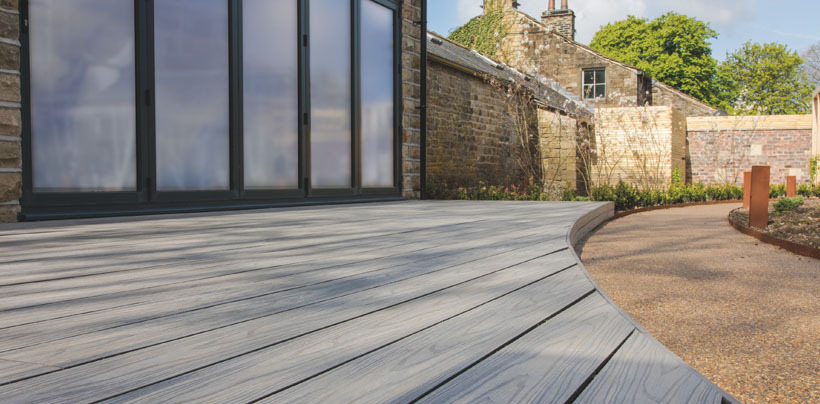
Materials and Appearance
The most popular form is decking is timber decking, however composite decking has become ever more popular in recent years. Wooden decks are favoured for their unique, natural aesthetic and exceptional versatility, as natural timber lends itself well to both traditional and modern decking designs.
Composite decking is becoming increasingly popular due to the incredibly low amount of maintenance required in comparison to timber. Composite decking is also much more cost-effective, and the technology is continually advancing; manufacturers such as Composite Prime are now producing decking that is virtually indistinguishable from real wood.
No matter which material you choose, each is available in a superb selection of colours and finishes. So no matter the style of your garden, you’re sure to find a deck that suits it perfectly. Decks can also be multi-level, making them ideal for sloping or uneven gardens.
Lifespan and Maintenance
The lifespan of decking varies between materials. Wooden decking, if looked after, can last for multiple decades. There are many other factors at play too, such as the quality of the timber and the sturdiness of the structure itself.
Plastic and composite decks tend to have a more concrete lifespan that is far less dependent on the maintenance they receive (though cleaning is important on all of these deck types). Composite decks lasting for up to 50 years are not unheard of, while plastic decking is around 25 to 30 years.
As mentioned, timber decking involves a lot of maintenance, with sanding, cleaning and painting having to be carried every two years or so. These processes aren’t usually required on composite or plastic decks, though all decks, no matter the material they are made from, should be cleaned around twice a year.
Cost and Installation
Deck prices vary depending on the material, manufacturer, size and shape of the structure, but as a general rule, plastic decking is the least expensive, followed by composite decking. Timber, widely considered the ‘premium’ decking material, tends to be the most expensive but, as mentioned earlier, is by far the most prestigious.
Some decks, particularly those made out of plastic and composite, come in the form of ‘kits’. These kits make construction far simpler and more straightforward, which makes them far more ideal for those looking to build a basic deck as quickly and efficiently as possible. While timber decking instructions are far more varied, this is as much a pro as it is a con – a lack in a straightforward system means there is far more possibility to get creative with your build.
Deck installation can be carried out by a single person or multiple people, and the process can take anywhere from just a couple of days to a few weeks, depending on the number of people working on the project and the size of the project itself.
Health and Safety
Deck safety is a factor that definitely needs to be considered by all households, especially those with pets or young children, but overall safety depends on a number of factors. When properly looked after, with regular cleaning, treating and sanding, timber decks tend to be safe all year round, whereas composite and plastic decks tend to be safe even without these measures taken, save for cleaning.
All deck types, however, can be slippery in wet and/or cold months, and precautions should always be taken to make them safe for use. These safety measures can range from slip-resistant rubber mats to shelters and covers that can be constructed over the decking.
Like any surface, decking will wear over time, and this can make it unsafe to use. In this case, replacing the older components is often the best course of action. Thankfully, this is a fairly straightforward process no matter which material you have utilised in your decking, with individual sections of the structure often being quite simple to remove and replace.
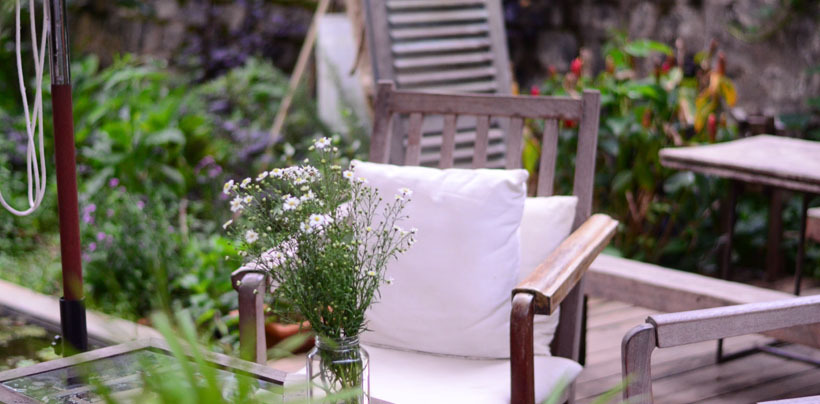
Durability
Decks are very durable structures and designed for long-term survival against the elements, hence the use of such sturdy materials. Decks are found all over the world thanks to their durability, from the ice-cold climates of Northern Europe to the hot desert-like environments found in mid-western America. They are truly versatile products that can withstand drastic changes in both weather and temperature.
Decks are not indestructible however, and their strength does depend greatly on the materials used and the age of structure, among other factors. Wood is susceptible to warping as the temperature changes, which can often lead to splintering, making the decking unsafe. Surfaces of wood, plastic and composite are also prone to puddling in wet weather, which can damage the surface of the structure.
There are numerous cleaners and maintenance products available to help keep your deck in good condition. These vary from treaters to paints to algae removers. Most are designed for traditional wooden decking due to its higher maintenance requirement levels, but there are several cleaners out there that also work fantastically on both plastic and composite decks.
The Environment
Different decking materials have different effects on the environment. For example, while timber is natural resource that requires little in the way of preparation once it has been cut down, the maintenance it requires can often involve products that tend to have less than desirable effects on your surrounding vegetation if not used correctly.
Plastic and composite decks, meanwhile, require a lot more preparation during the production process, utilising materials and methods that can often be perceived as harmful to the environment. These emissions these processes can also produce (particularly if not carried out using sustainable methods) can also be harmful to our climate.
In response to this, many manufacturers such as Composite Prime have taken great strides to ensure the sustainability of their production processes. For example, Composite Prime decking utilises only recycled plastic and 100% FSC Certified Sustainable wood. As such, their products can be recycled at the end of their lifespan; without requiring specialist waste streams.
Patios
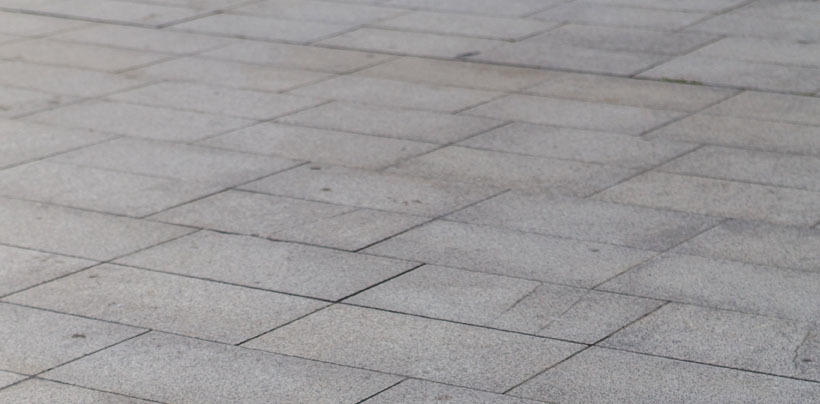
Materials and Appearance
Patios in the UK are predominantly made from stone, most commonly sandstone and limestone. However, some patios can be seen with granite, travertine, and others. Natural stone is extremely durable and carries a whole host of benefits including exceptional weather resistance and outstanding visual appeal.
Stone is not the only material that can be used to make patios – brick and concrete are also popular, and serve as fantastic alternatives. Often considered more cost-effective than stone, they are the favoured choice for many households, as a brick patio blends in nicely with homes that feature a brick fascia, while concrete is valued for its cost-effectiveness, unmatched durability, and versatility.
All these materials come in a range of different colours and styles, with brick and concrete offering many different finishes, from bright and vivid to sleek and subtle. Stone is often kept in its natural state, and with good reason – natural stone is one of the most appealing designs available, and is what draws many to owning a patio in the first place.
Lifespan and Maintenance
Like decking, the lifespan of a patio heavily depends on its construction. A well-made natural stone patio could last for over 10 years without the need for repairs. Meanwhile, brick patios can last for up to 25 years when well looked after, and concrete patios, often considered the hardiest; can last for around 30 years without requiring major work.
All types of patio, no matter which material they are made from, will require reasonable amounts of maintenance throughout the year. There are a fair few processes that need to be carried out in order to look after your patio and keep it in top condition, including weeding, washing and treating.
Some patio materials, such as natural stone, will be more susceptible to certain occurrences than, say, brick or concrete, and vice versa. However, all are vulnerable to natural wear, damage from weather and the growth of weeds and algae. However, there are plenty of easy-to-use cleaners and chemicals available to help maintain your patio with ease.
Cost and Installation
Patio costs vary based on the material, however natural stone is often much more expensive than brick or concrete. More premium types of stone, such as marble or granite are considerably more expensive than more common alternatives such as sandstone and limestone. These high-end options are highly sought after thanks to their gorgeous aesthetics and exceptional durability.
Difficulty of installation is another variable, with patio designs coming into play as much as the materials that are incorporated into them. A rectangular grid design made up of concrete slabs, will of course consume far less time than paving an irregular patio that features lots of curved edges. Patio size should also be considered – larger patios will inevitably require more time and resources.
Patios can be installed by just one or multiple people. Overall, the process is relatively simple and straightforward if appropriately planned out, and can take anywhere from just one or two to multiple days to install, depending on the size of the project and the number of people working on it.
Health and Safety
The safety of your patio depends on several factors. When a patio is looked after properly, and homeowners ensure to seal the surface sealed and have it cleaned regularly, it can be used all year round. Unlike decking, which depends more heavily upon the materials, the maintenance processes involved such as sealing or removing unwanted plant life are often the same no matter the material.
Regardless of the amount of care you put into it, it’s unavoidable that your patio will be prone to becoming slippery during wet and cold times of the year. There are a few different safety measures you can take to minimise the risk of slips and falls, such as laying down rubber mats, covering the area or using grit.
Patios, like decking, will wear over time, and this can make them unsafe. However, like decking, many patio designs will make it far easier to replace or resurface your slabs. Please note, however, that this will be dependent on your patio type – a large, single block of concrete will be more difficult to remove than stone slabs, and may require another coating of concrete.
Durability
Stone, brick, and concrete are all very durable materials that can withstand a battering from the elements. This outstanding durability is why these natural materials have been valued for centuries. Patios have been used in construction throughout the world across a variety of climates due to their strength, appearance and longevity.
Patios can have weaknesses however, dependent upon the age and design of the structure. Different materials have different durability levels; concrete has an extremely lengthy lifespan, while natural stone will not last as long without requiring replacement. What’s more, different types of stone have different durability levels – granite is far more resistant to the elements than sandstone or limestone.
There are several ways to keep up the durability of your patio, with a huge range of cleaners, sealers and more available to ensure that your structure doesn’t fall victim to common occurrences such as mould and algae growth, dirt ingress and more. There are cleaners designed exclusively for different patio materials, ensuring that you will find a product to the exact job you need it to do.
The Environment
Unlike the plastic and composite materials found in decking; brick, stone and concrete have been used for centuries, and continue to be produced using similar methods. These more natural processes are less harmful to the environment, and result in a much more natural-looking product, too.
These production methods are not totally harmless, however, with stone quarrying often seen as a rather prominent threat to the environment. However, many manufacturers have worked hard to make their products far more environmentally friendly, using sustainable resourcing methods and advanced production technologies to reduce emissions.
So Which Is Right For You?
So which structure is better for your garden – a deck or a patio? In short, it depends on you. What aesthetic style do you prefer? Which would better suit your home? How much time do you have to dedicate to upkeep? For example, garden decks take a lot more looking after, but add much more value and grandeur to a home for those with the time to give it plenty of attention.
Patios, however, are considered the much more traditional choice here in the UK. The refined stonework of a patio would complement older properties far more greatly. Patios also enjoy a much longer lifespan with less upkeep; able to withstand the elements where decking may falter. Patios are also more consistent when it comes to price, installation and appearance, with the different materials utilised in decking offering a far greater number of variables. This in turn however makes decking the more versatile of the two structures.
The two structures are equal in certain areas, however – a looked after deck is more-or-less as safe as a looked after patio, while both also offer the owner plenty of opportunities for customisation to help make their individual deck or patio stand out.
Both patios and decks are incredibly popular structures that can bring a great deal of character and additional functionality to your garden, and either one is more than capable of breathing new life into your outdoor space.
